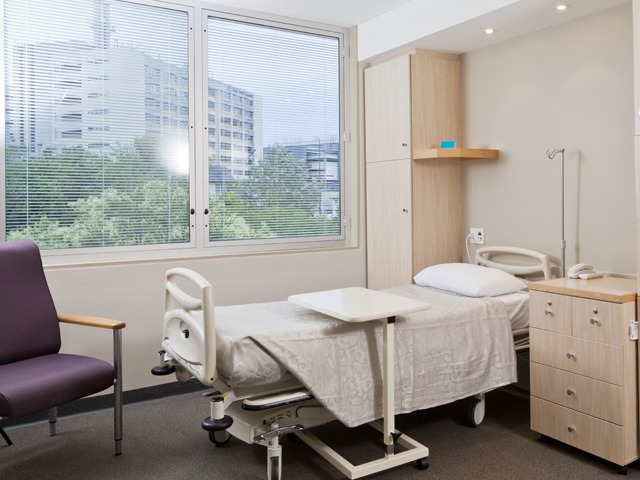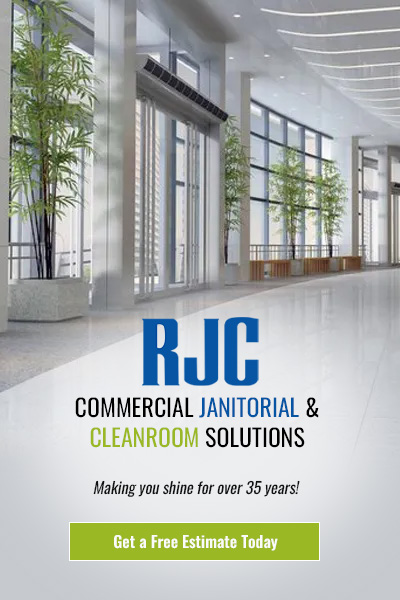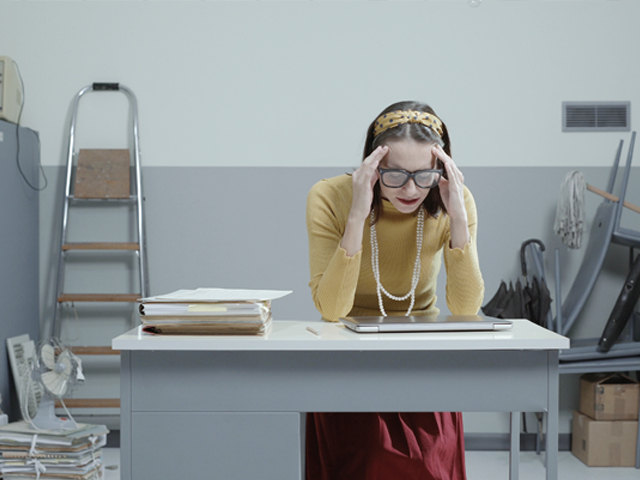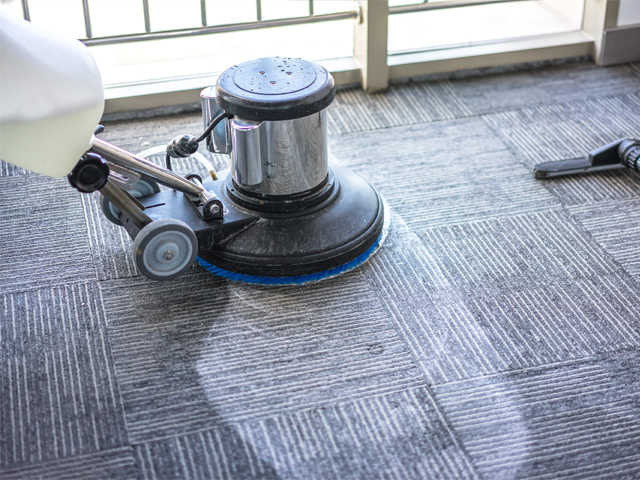Of all the working environments based on cleanliness, hospitals are at the top of the list. The highest standard of clean must be maintained to ensure the health of patients, high quality performance of doctors, and health and safety of workers. All of these variables are made significantly more difficult when a facility is burdened with low-quality hospital cleaning services. Sadly, high cleanliness standards, even for hospitals, can be a challenging task in light of tight budgets and a stacked list of constant daily demands.
In addition, cleaning contractors and their staff today (as with many other industries) are nearly always asked to do more with lighter crews, limited equipment, and less time. Put all that together and you have the ingredients of serious problems. Let’s look closer at typical problems faced with low-quality hospital cleaning.
The scourge of Hospital Acquired Infections
One extremely concerning statistic in North America is that lack of exemplary hospital cleaning has initiated a very high number of hospital acquired infection (HAI) outbreaks. An HAI is an infection contracted by a person who entered a hospital for an entirely different treatment or surgery. Two of the worst infections are C. Difficile and MRSA, which have formidable defenses against drugs and are difficult to treat. Already fragile from whatever brought them there in the first place; fighting against new issues can be life-threatening.
Interestingly, traditional work tasked to cleaning contractors is not likely contributing to the spike in HAIs. A sparkling clean floor, for example, is great for appearances but it’s the high touch areas that matter most. Door handles, countertops, stairway banisters, and different types of medical equipment are used constantly every day and yet are not cleaned as often as the floors.
And once-a-day room cleaning is generally not sufficient to defend against the spread of disease. Various treatment procedures occurring in a patient’s room and the high number of people going in and out is the perfect storm of cross-contamination and multiple cleanings might be in order.
Hi-tech is good but it’s not enough
The headlong pace of technology is heavily present in the medical industry and many of them specifically target cleaning. For example, some facilities have begun using robots to clean rooms after patients are discharged. The robot “cleans” by emitting a bright UV light that kills any lingering microscopic germs. It takes 10-20 minutes to complete the process; however, the robots don’t start their work until the room is already sanitized and cleaned (by a human).
Safety first
Another critical area affected by low-quality hospital cleaning is safety for patients, staff, and visitors. If cleaning protocols are not in place or not followed, the results can be devastating. Inefficient cleaning allows virus and dangerous organisms to run rampant throughout a facility, leading to severe illness and in some cases death. Detailed systems must be in place and followed to sufficiently combat airborne pathogens and damaging hygiene issues.
The lesson here is it is a must that a hospital includes the very best in cleaning services to ensure overall health and safety to everyone within.
Contact the team at RJC Enterprises at (410) 750-2100 or rjcenterprises.com.









